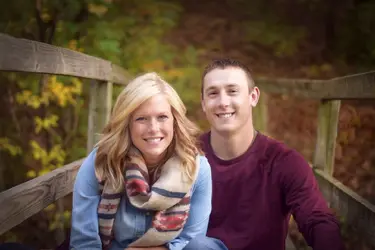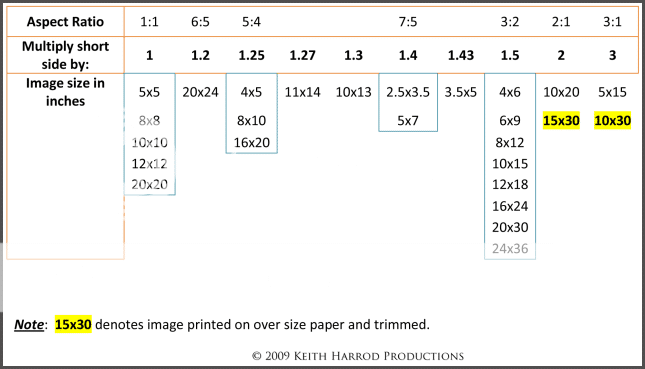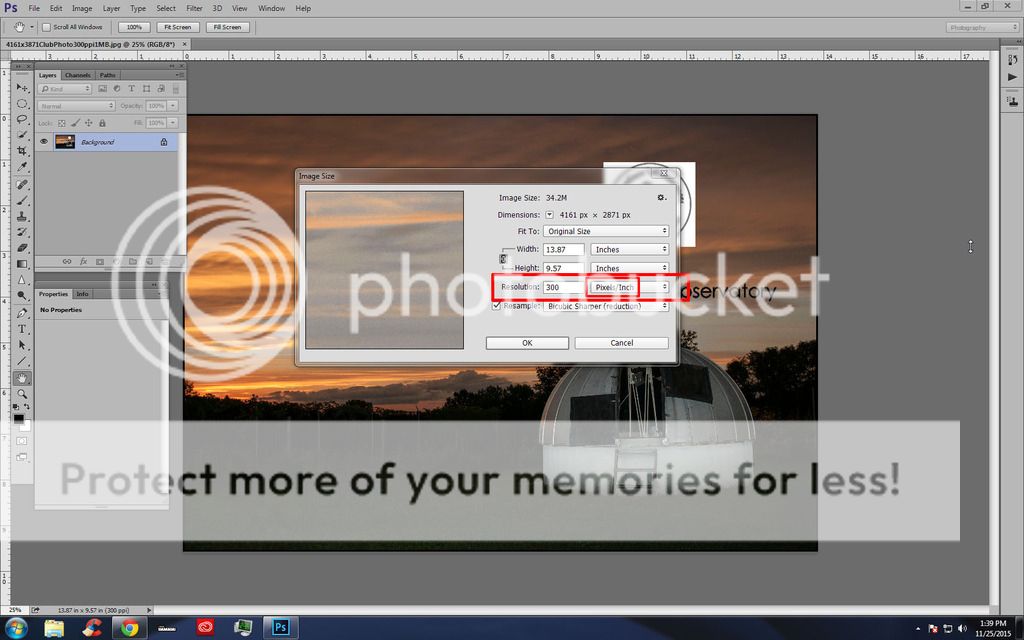Esperanza86
TPF Noob!
- Joined
- Jun 13, 2015
- Messages
- 20
- Reaction score
- 1
- Can others edit my Photos
- Photos NOT OK to edit
Botom line: gorgeous wall-hanging sized prints are easily within reach of even a 10 year old Nikon with 5.4 megapixels of "jiggered", faked up-sampling done in-camera...and any 12 to 24 MP d-slr has all the image quality needed to make big prints...as long as the user uses decent lenses, but even more-importantly, uses good,solid technique and "best practices". ...
I'm 100% with Derrel here.
My recommendation: A D-SLR with 12MP sensor. More importantly: a good lens. Ideally a prime lens. The 50mm prime lenses are usually around $100. If you buy a new D-SLR it may come as a kit with some cheapish wide angle zoom lens which might fit the bill also.
One thing that nobody brought up (I think...):
Instead of using a 60MP sensor you might as well start stitching your images together to achieve large formats for top quality printing.
If you are planning on shooting outdoors like mountains, landscapes etc. this can all be done with stitching. I do it all the time and you can easily get 10,000x10,000 pixel images with every little detail visible.
Of course you need a nice tripod to go along with that. But it can be done for under $1,000.00 new and maybe around $700 used.
Anyway, I've printed plenty of my 12MP shots on 24x36 and if you stand 3 feet away it looks great. If you are a pixel peeper with your eyeball half an inch away from the print you will see some blurriness
Derrel, It seems you know what you are talking about. I need help! Can you explain to me how to get this to print larger than a 5x7 or 8x10- Most of my images will not print larger than that. I try to print through mpix.com. Also- How do I get my photos more detailed. I picked up on another post you were on that I have been cutting out detail by using my 1.8 f stop. I always chose this f- stop because I love the bokeh and the softness of skin. I now know about dropping my f stop a bit. Here are a few portraits I have taken of people.


















